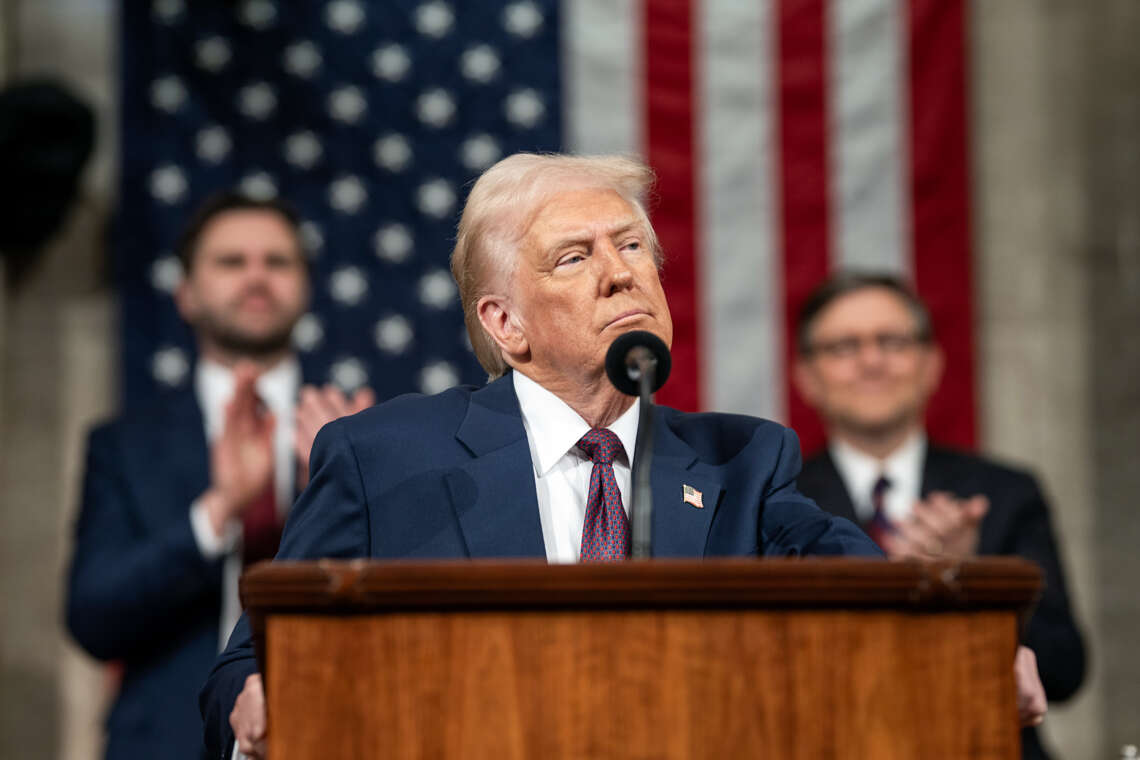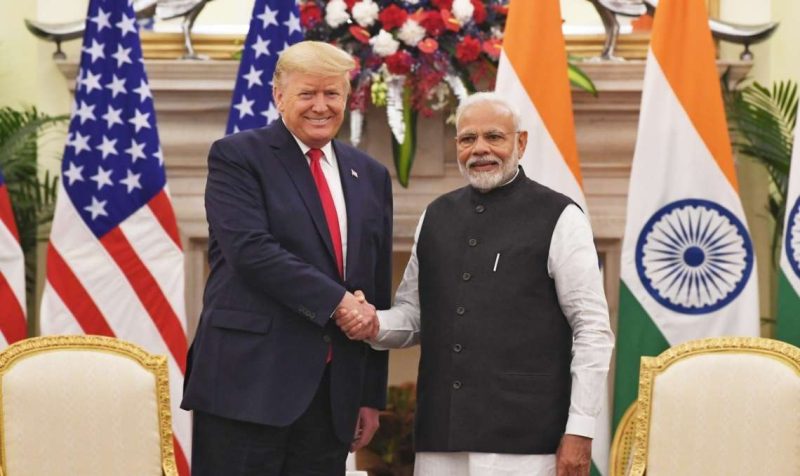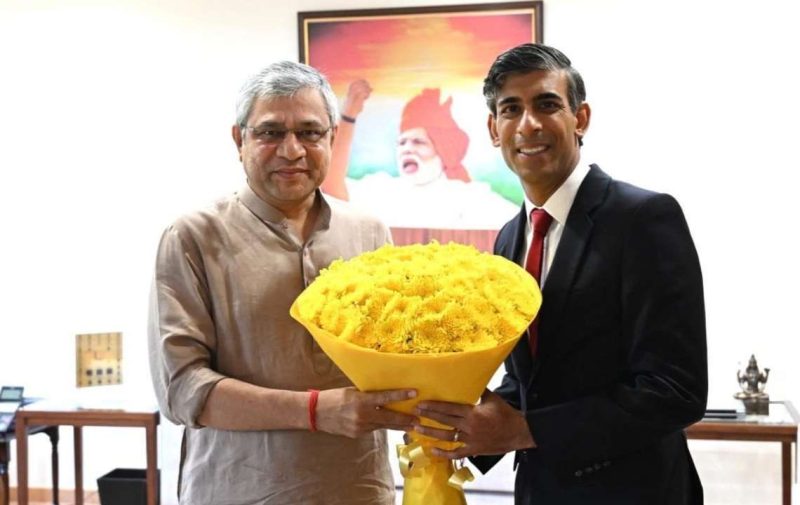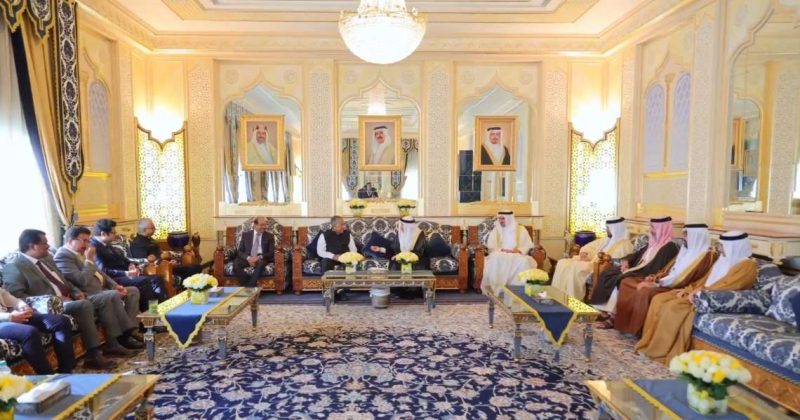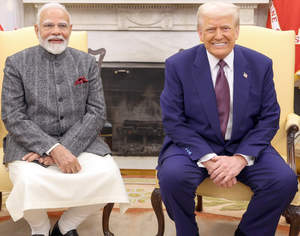A trade deal between India and the United States is expected soon, as talks progress towards a bilateral agreement aiming to boost commerce to $500 billion by 2030
A trade deal between India and the United States is likely to be finalised shortly, according to US Secretary of Commerce Howard Lutnick. Speaking at the US-India Strategic Partnership Forum Annual Leadership Summit in Washington, DC, Lutnick stated that the two countries had “found a place that really works for both” and suggested a formal agreement could be announced soon.
Lutnick noted that trade agreements typically take two to three years to negotiate, but that this deal may be concluded in a much shorter time frame. “You should expect a deal between the United States and India in the not-too-distant future,” he said, attributing the accelerated pace to the presence of capable negotiators on both sides.
The Commerce Secretary also highlighted that countries concluding deals earlier in the negotiation cycle tend to receive more favourable terms. “Earlier countries get a better deal. That’s the way it is. I think India is trying hard to be one of the earlier countries, which I appreciate,” he said.
Negotiations between India and the US are gaining momentum, with a US delegation scheduled to visit New Delhi on 5–6 June for the next round of discussions on the proposed Bilateral Trade Agreement (BTA). According to Indian government sources, the talks are progressing well and could lead to the signing of the first phase of the BTA before July.
The most recent high-level engagement between officials from India’s Department of Commerce and the Office of the US Trade Representative took place in Washington, DC, from 23–25 April 2025. Topics discussed included both tariff and non-tariff barriers, and the meetings were described as productive.
The BTA is expected to serve as a foundation for future trade expansion, with both nations committing to a shared goal dubbed “Mission 500” — a plan to increase bilateral trade to $500 billion by 2030. While details of the trade deal are still under negotiation, Lutnick stated that the United States is seeking “reasonable access to the markets of India” and aims to reduce the existing trade deficit. In return, India is expected to seek preferential access to certain sectors in the US market.
Lutnick also suggested that India is well-positioned to benefit from a shift in US manufacturing priorities. “There are enormous numbers of industries that we’d really like to go to India,” he said, indicating that the trade deal may offer India competitive tariffs and special market access in key product categories.
He added that political considerations, such as sensitivities around agricultural imports, are being addressed to create a mutually acceptable arrangement. “We’ve found a path that is acceptable politically at home,” he noted.
The Secretary also acknowledged India’s strategic reorientation in defence procurement and monetary policy as signs of improving alignment with the United States. “India is starting to move towards buying military equipment from the United States, which goes a long way,” he said, adding that India’s reduced emphasis on alternatives to the US dollar further signalled closer ties.

Indian industrial leaders have welcomed the news of a possible trade deal. Kumar Mangalam Birla, Chairperson of the Aditya Birla Group, said Lutnick was “very positive about the India-US equation” and that the anticipated agreement could strengthen bilateral cooperation.
Indian Commerce and Industry Minister Piyush Goyal, speaking from France, confirmed that India was actively working towards a final agreement. “Both countries are committed to work together, and both desire to give preferential access to each other’s businesses,” he said.
The India-US trade agreement was first jointly announced by Indian Prime Minister Narendra Modi and former US President Donald Trump in February. The first phase of the deal is now expected to be concluded by September or October 2025, following the interim agreement under discussion this month.
The United States has remained India’s largest trading partner for four consecutive years. In the 2024–25 financial year, bilateral trade reached $131.84 billion, with India recording a trade surplus of $41.18 billion.
The proposed agreement would mark a significant milestone in the economic relationship between the two democracies, potentially unlocking new opportunities for investment, manufacturing, and market access in both directions.
It also reflects broader geopolitical trends, with both countries increasingly aligned on strategic and economic fronts. While the full scope of the BTA has yet to be disclosed, early signals suggest it could offer India unique access to US markets, particularly in manufacturing, while facilitating smoother trade conditions for American firms operating in India. The outcome of the upcoming negotiations in New Delhi is expected to set the tone for the agreement’s final structure and implementation timeline.



